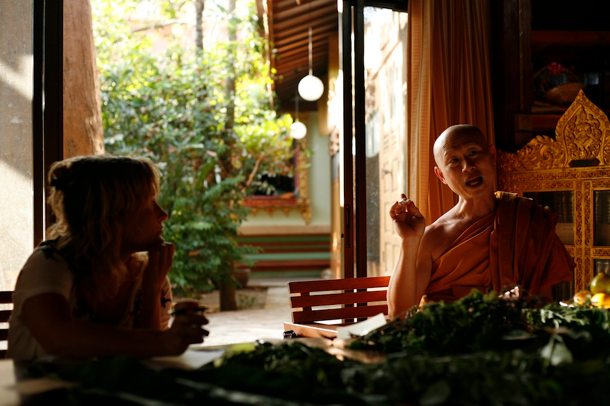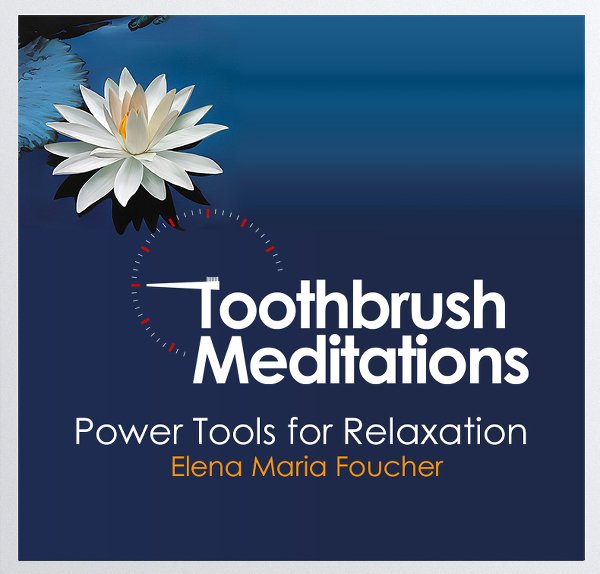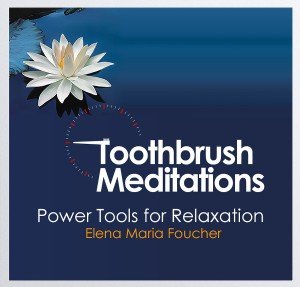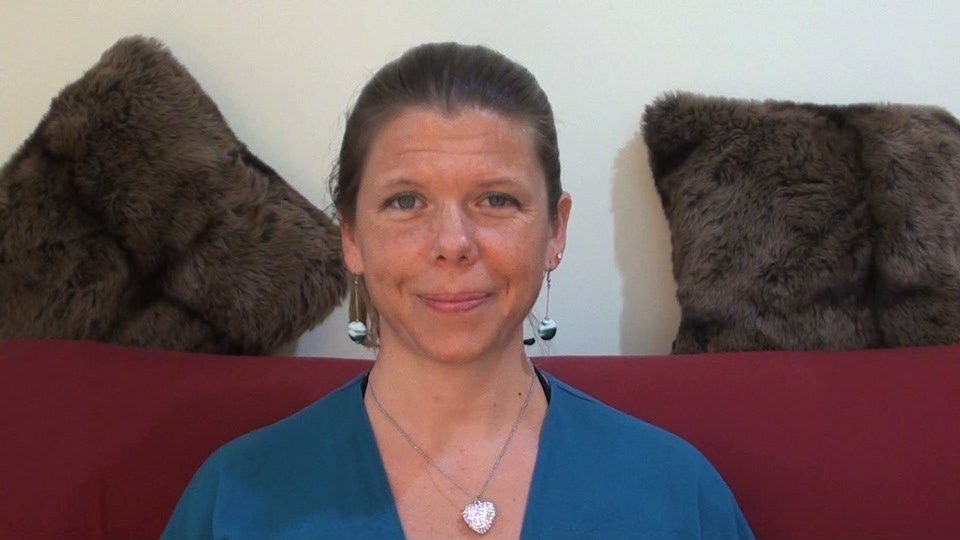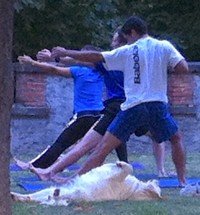
Share You Essence
For the past year, I’ve really put my nose to the grind stone to figure out how to market myself, so now I’m sharing the fruits of that labor with you…
Here they are, in 5 giant steps, my version of the current trends in heart centered marketing for soul centered businesses (healing, coaching, counseling, etc)
Synopsis
The main thing that I understand from my studies is this: marketing my work is about focusing on the client in a way that lets potentials know who I help, what I help them with and what benefits they will receive. Clients are interested in themselves first, as they should be in this equation, my work next and me third. Marketing is first about making clear to clients who I serve and how, so that they know immediately if my services could be an appropriate match for them. Once they determine if they and their issues fall into my sphere of work, then they want to know more about me. They will already have a sense of my energy from the initial information (consciously or not), afterwards I am just filling in the gaps with some details about me so that they get an even better sense. Finally, testimonials from others about their experience complete the information.
The 5 Giant Steps
1.Defining your client base – WHO are they –
Who do you work with? Who is your ideal client cohort?
Do you work with children only? Adults? Animals? Plants? Women? Teenagers? Pregnant women?
Examples: I help men and women…, I work with young adults…, I facilitate special needs children…, I teach pet owners…
This part is often fairly difficult in part because it’s importance isn’t understood. For some excellent advice on how and why to define a niche, check out Tad Hargrave’sbrilliant work. He gets this part way better than I do, co if you are really serious, definitely read his articles!
2.Defining what you help with – WHAT do you do –
This part can also have you pulling your hair out… at least I did for years. I finally get this one, so read on…
What issues do you help with? What issues is/are the main, typical, or favorite focus(es) of your work?
Start by imagining that you have an issue that you want help with… maybe you have cancer or a torn ligament or insomnia or you are being contacted by aliens and you are terrified. One thing to notice is that each problem is unique and that not everyone will be a suitable helper for you. In other words, if you have a torn ligament you are probably not going to go someone who specializes in channeling aliens. At least not at first.  (Oh, this is fun.)
(Oh, this is fun.)
Does that make sense? The point is that marketing is best when it is targeted towards the client in a way that helps them understand how you can help them.
Let me say this in another way: if I am seeking help it is because I feel I have a problem. I feel that I want help with something. Problem free people generally don’t seek help, right? So, problem in mind, I am going to start looking around and asking friends for someone who can help me with it. If for instance, I want help dealing with child abuse, I will be looking for a therapist who specializes in childhood trauma or similar, and probably not be looking for someone who’s work focuses on death and dying.
 This becomes a starting point in your marketing: What issues do you work with especially? And here are a bunch of different questions that you can ask yourself to get at the answer. What kinds of things is your work most effective with? What things do you most like to work with? What are your typical or favorite starting points or client issues? What things have you dealt with most in your own life or are you really good at dealing with in your life? Who are your favorite clients and why and what are their issues?
This becomes a starting point in your marketing: What issues do you work with especially? And here are a bunch of different questions that you can ask yourself to get at the answer. What kinds of things is your work most effective with? What things do you most like to work with? What are your typical or favorite starting points or client issues? What things have you dealt with most in your own life or are you really good at dealing with in your life? Who are your favorite clients and why and what are their issues?
For brevity, boil your answer down to one or two main issues. This can be quite a challenge, so if this is difficult in the moment here are some things to do: give yourself some time to reflect on it, meditate on it, and let all of the answers come… write them down. Talk to friends, read about other healers on the internet or in books, talk to other healers, and think about other healers that you know. As you are doing all of this begin to notice how you are similar and different from them, eventually discovering what it is that you actually do in a nut shell. Peel away all of the things that everyone does like uses intuition, works with energy/body/mind/emotion, channels higher knowledge, etc and look at what you do with those things… how do you use your intuition? What do you do with energy/body/mind/emotion? What is unique about how you use higher knowledge?
Don’t worry that you are going to limit your actual work or who comes to you by being this specific in your advertizing. Remember that this is a starting point for people to begin connecting with you. It doesn’t define you so much as it gives a clear idea of an important part of your work. You aren’t limiting yourself with this definition (Can anyone describe themselves in one or two sentences?!), you are describing the thrust of your work relative to others so that people can begin to relate you… you are saying: we can begin our conversation here. If they are interested, they will ask questions. And then you will know what other questions to answer.
For instance, another healer friend and I have very similar sounding practices. We both work with people’s bodies to access their emotions around trauma. However, in talking it helped me realize that my practice focuses on allowing and inviting the energy present in the body and uses the body as a starting point whereas his focuses on locating and releasing trapped energy and uses emotions as a starting point. This is a huge distinction in how I will market my work from now on.
For Example: he could write, “I help people who are feeling emotionally overwhelmed release their trauma,” and I could write, “I help people utilize their body’s wisdom to relieve the effects of trauma.”
Our focuses are different and our starting points are different, even though in the end we do very similar things.
3. Defining the benefits you offer – WHY come to you –
What can clients expect from your work? What are the end points of your work?
And before you say anything about expectations and that there are no endpoints (I am thinking that anyway  , it helps me to remember that my client has a problem and wants help. They are going to come to me because they feel that I can help them feel better. Otherwise, why come?
, it helps me to remember that my client has a problem and wants help. They are going to come to me because they feel that I can help them feel better. Otherwise, why come?
Some questions to answer to determine what you offer, what the benefits of your work are: If I work with you, what can I expect? How will I know when we are done? = Do you help me regain the range of motion in my joints? Do you teach me ways to relax? Do I reach some goals (that you/I/we set)? After x session(s) I will think/feel/have… This work will ameliorate/improve/change…
Example: I help men and women face their traumas in order to regain mental and emotional stability.
4.Write a short Bio – WHO you are –
Write a short bio on your relevant education and experience. I don’t think that any of my healing clients care that I have a BS in Environmental Science, but they would like to know that I have studied a number of healing modalities, one for 400+ hours. They also don’t care much about my work teaching teachers how to teach, but it is useful to know that I’ve been practicing my healing work since 2005.
Briefly describe the learning and doing that informs your practice. They want to know that you know what you are doing both from study and from experience. . Did you take an hour class and start yesterday or did you study for a while and have been practicing for years? They don’t need an essay. They just need the facts, Mam, just the facts. Have the confidence to let the facts of your experience speak for themselves. After all it is how you got to where you are today. Trust yourself and trust what you know.
And be honest! People will feel dishonesty in their bones. Even if your study and experience is limited, people will respect your honesty and know that they can trust you, which is crucial in establishing a healing relationship. If you feel too limited to be honest then either take more classes, get more experience by giving complimentary sessions or get a new career that you can be honest about.
5.Testimonials – OTHER perspectives
The best advice for this came from a friend and fellow healer… Instead of asking people to write testimonials, jot down what people say to you after sessions about their experience of your work in a notebook and collect words of approval from their emails. Put these in an email, send them to the person who conveyed them and ask if you can use them as testimonials. Let them know where you will use their words (give your website or describe your advertizing placement), ask if they are comfortable with how you would like to list their name, and give them some options for their listing (some combination of full name, first name with last initial, first name only, initials only, with or without occupation, with or without home country, etc).
This process has two distinct advantages. First, you get their opinion at a time when the experience is fresh, when they are really feeling deeply and clearly what has happened for them versus relying on memory. Second, since it is already written, clients tend to return something useful much faster. All they have to do is read over it and at most edit what is there before hitting reply.
Voila! Five giant steps for creating or refining your heart centered marketing.
If you want help, there are quite a few soul centered business coaches out here such as Mark Silver and Brian Whetten. You are also welcome to email me with questions or leave comments below.
And please share this if you found it helpful so that others can benefit as well!
Happy Sharing!,
Elena

 My dear friend Christie and I met a monk in Thailand who said to us, “You can meditate anywhere. You don’t need to be in the meditation hall.” It was quite profound at the time because we were looking for a place to meditate. It hadn’t occurred to us to meditate on the sidewalk. I figured that if he said that it was ok, it would work.
My dear friend Christie and I met a monk in Thailand who said to us, “You can meditate anywhere. You don’t need to be in the meditation hall.” It was quite profound at the time because we were looking for a place to meditate. It hadn’t occurred to us to meditate on the sidewalk. I figured that if he said that it was ok, it would work.
